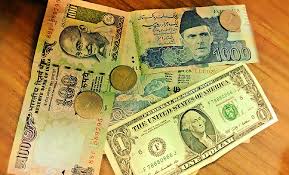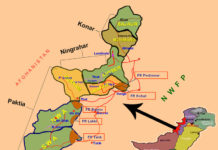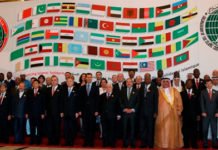By Muhammad Luqman
Pakistan’s rupee experienced a free fall in the inter-bank market on Tuesday as it shed more than Rs11 against the greenback over fears that the International Monetary Fund (IMF) conditions for a loan will further devalue the Pakistani currency.
The rupee went past Rs138 to a dollar during the day’s trading session, according to media reports.
Traders said fears of devaluation increased demand for the US dollar from importers and added that the local currency is continuously showing weakness.
On the other hand, the stock market opened on a strong note on Tuesday after losing 1,300 points on Monday. In the morning session, the KSE-100 index gained 1,100 points to break the psychological barrier of 39,000 points.
On Monday, Pakistan’s newly installed government announced to seek IMF’s help to cope with the country’s financial crisis. Finance Minister Asad Umar vowed to revive the economy on a sustainable and permanent basis and promised steps to provide relief to common people.
Speaking on Tuesday at a news conference at the IMF and World Bank annual meetings in the Indonesian resort town of Bali, IMF Chief Economist Maurice Obstfeld said that Pakistan has not formally approached institution for financial assistance.
Obstfeld said that Pakistan faced financing gaps as it has been hit by a large fiscal and current account deficit, a low level of reserves and a currency, which he described as “too rigid” and over-valued. China’s involvement in Pakistan’s economy could bring both benefits and risks, Obstfeld added.
Prime Minister Imran Khan, who has been reluctant to ask the IMF for emergency loans, said last week Pakistan might need to return to the IMF to address its mounting balance of payments crisis. If there is an IMF bailout package, it would be the second for Pakistan in five years.
Pakistan needs more infrastructure development, Obstfeld added, and the country could benefit from China’s role in supporting its project financing. But China’s involvement could also bring potential risks, he said. “It is important that the design of the projects… be solid and excessive debts which cannot be repaid are avoided,” he said.
Chinese officials have rejected the criticism that the China-Pakistan Economic Corridor (CPEC) projects have saddled Pakistan with unsustainable debts. Instead, the Chinese maintain, they have boosted the country’s economic growth and provided 70,000 jobs.
The Indian rupee also plunged to a new low of 74.27 to a US dollar on Tuesday. According to Indian media, around 1.25pm, the Indian rupee traded at 74.27 to a dollar – the lowest ever against the greenback.
The International Monetary Fund’s forecast of a growth rate of 7.3 per cent for India in the current year of 2018 and that of 7.4 per cent in 2019, too, boosted investor sentiment here.
In the previous session Monday, the rupee slumped 30 paise to finish at a fresh lifetime low of 74.06 against the US dollar.















